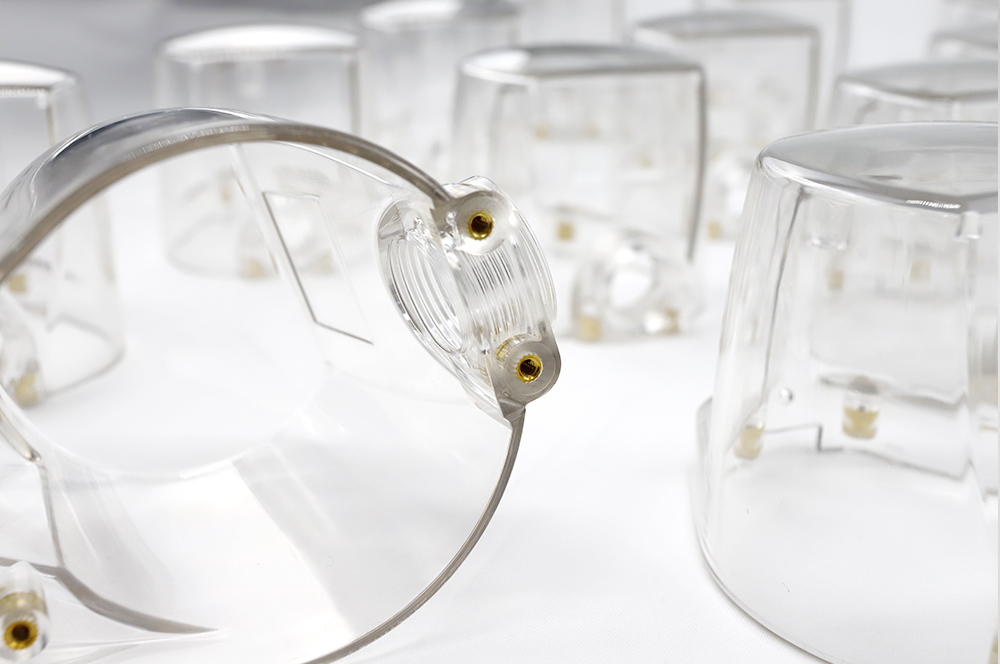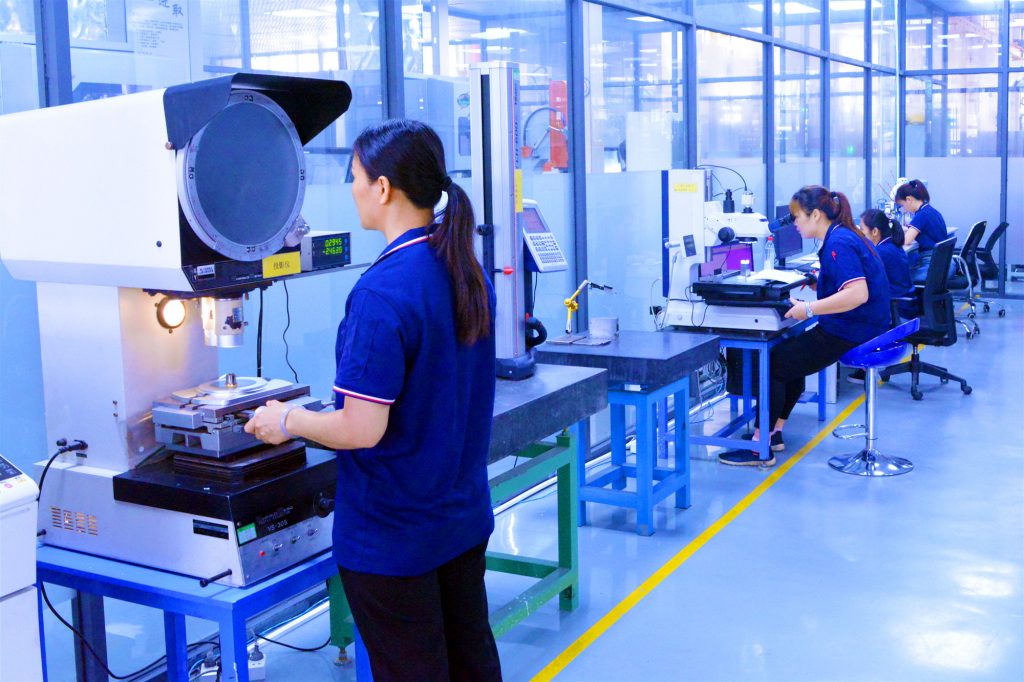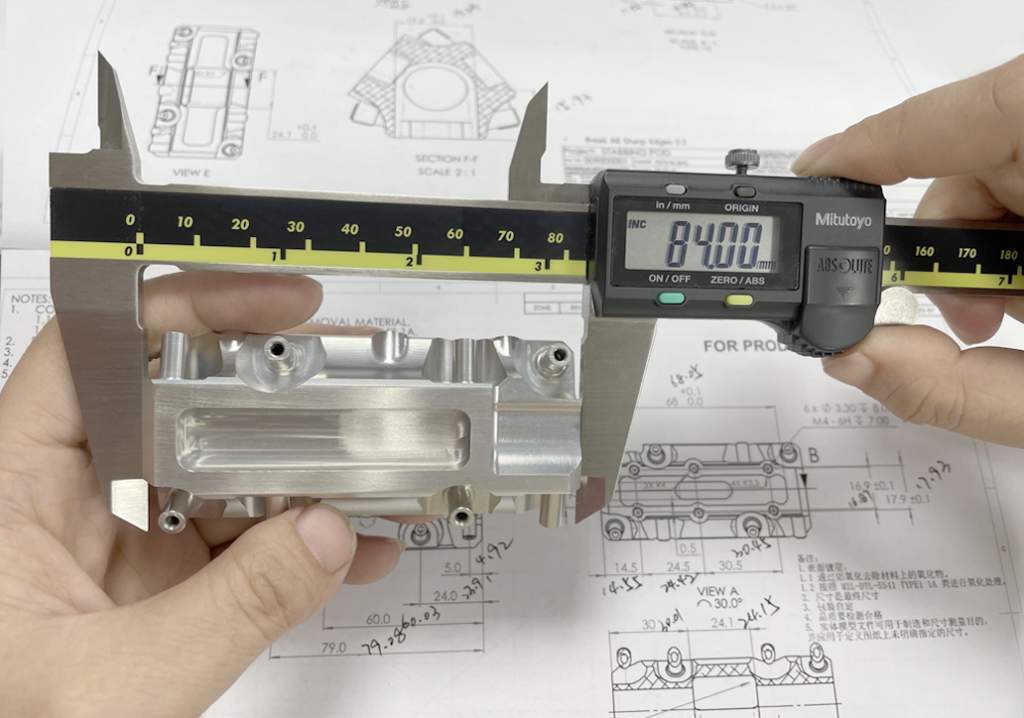Customized sheet metal parts solutions

Posted on : April 7th, 2025,By GREFEE
The History of Sheet Metal Development:
The use of metal sheets can be traced back thousands of years. Driven by the Industrial Revolution, sheet metal processing experienced a blowout growth. Nowadays, it can be said that sheet metal parts are ubiquitous in our lives. Sheet metal exists in almost all situations. Especially after the emergence of bending equipment and stamping equipment in the 18th century, sheet metal parts could be easily mass-produced. With the advent of the 21st century, the sheet metal industry has developed into an industry worth tens of billions of dollars.

Sheet metal materials:
heet metal processing is a technology mainly for processing thin plates with a thickness of less than 6mm, which mainly includes cutting, stamping, compounding, bending, welding, etc. Commonly used materials are: SPCC, SECC, SGCC, SPHC, and stainless steel.
Dvantages of Sheet Metal:
High Manufacturing Precision: With mature manufacturing processes, sheet metal technology can achieve high-precision processing, meeting various accuracy requirements.
Low Production Cost: Sheet metal processes often utilize automated equipment such as laser cutting and automatic bending machines, ensuring high efficiency and rapid production suitable for mass manufacturing.
Customization Services: Sheet metal fabrication is unrestricted by shape, enabling the creation of various forms through processes like bending, stamping, and welding, offering wide applicability.
Superior Product Performance: Sheet metal components can enhance strength, durability, and corrosion resistance by altering material thickness and structural design.
Applications of Sheet Metal:
In the era of rapid technological advancement, sheet metal components, as a key element in industrial manufacturing, are reshaping the future of various industries with remarkable innovative strides. Below are some representative sheet metal cases handled by GREFEE, covering diverse aspects of our daily lives.
Sheet Metal Case in Electronics – Computer Chassis
Computer cases, serving as the guardians of the core internal hardware of computers, are of utmost importance in terms of quality. Sheet metal technology is the key to creating high-quality computer chassis. Utilizing premium galvanized steel sheets with high strength and corrosion resistance, these cases not only withstand daily collisions and friction but also effectively resist external factors such as moisture and dust, providing long-lasting and reliable protection for computer hardware.

According to the heat dissipation requirements of the chassis, regular and dense heat dissipation holes need to be opened on the side, top and back of the chassis. Through precise laser cutting technology, we can ensure that the dimensional accuracy of all holes is controlled within about 0.01mm. Considering that dust and hair in daily life may get caught on the burrs of the heat dissipation holes, we polish all the hole positions after laser cutting to ensure that all the cutting positions of the sheet metal parts are rounded and smooth.
Through the advanced CNC bending process, we ensure that every bending angle is accurate. This not only makes the appearance lines of the chassis smooth and the edges and corners distinct, but also enhances the overall rigidity and stability of the chassis, effectively reducing the impact of external force shocks or vibrations on the internal hardware.

The surface treatment process is also a major highlight of the sheet metal chassis. After the chassis has been polished and cleaned, it is evenly sprayed. The spraying technology enhances the appearance texture of the monochromatic sheet metal chassis and also provides customers with more choices. The sprayed chassis is not only brightly colored and full of texture, but also improves the abrasion resistance and scratch resistance of the chassis.

Sheet Metal Case in the Daily Life Category – Base of a Beauty Mirror.
This is a product base used in a humid environment. Therefore, the selected material is galvanized steel sheet (SGCC). Galvanized steel sheet has excellent bending and forming properties as well as welding properties. At the same time, it can also provide good corrosion resistance and is able to form a dense protective layer on the surface of the product. This enables it to remain in a humid environment for a long time without being corroded. It can ensure that the characteristics of the product will not be changed by the humid environment without any maintenance. Therefore, it is an economical material.

By using a sandblasting machine to spray materials onto the surface of the product at a high speed, a matte effect can be achieved on the product’s surface. Additionally, it can provide an extra protective coating for the surface of the SGCC material, enhancing the product’s corrosion resistance and durability.

Sheet Metal Case in the Automotive Category – Battery Box Bracket:
The battery box brackets are all made of high-strength cold-rolled steel material CR340, and the surface is subjected to an electrocoating treatment, which improves the aesthetics and corrosion resistance of the product. In the event of a vehicle collision, it can better protect the internal battery, prevent the leakage of battery liquid, and enhance the safety performance.

Since this series of products adopt two embedding processes, namely sheet metal and plastic insert molding as well as plastic covering sheet metal, the precision of the sheet metal parts is of great importance. The production method of laser cutting can ensure that the dimensional accuracy is controlled within about 0.1mm. At the same time, we require that every process be inspected on-site by QC personnel to ensure that there are no abnormalities in subsequent production.

The entire series of sheet metal products is carried out in strict accordance with the requirements of DBL-7381-20. After the anodic electrocoating treatment, the hardness of the sheet metal parts will increase. Meanwhile, they will possess corrosion resistance and better impact resistance, and the aesthetic appeal of the products will also be enhanced.

Sheet Metal Case in the Industrial Category – Oven:
This is a very common sheet metal product. Its main features include large size, a wide variety of product types, and high assembly requirements. The assembly requirements specify that the upper and lower covers of the product should be neatly aligned without any deformation.

Through high-precision cutting and bending, the combination of the upper and lower covers of the oven is perfect, without any protrusions. The supporting feet and the fixing frames around it are perfectly matched with the oven body.

Sheet Metal Case in the Craft Category – Decorative Deer::
This is a sheet metal handicraft used for home decoration. The material used is H62 copper with a thickness of 2.5mm. The surface adopts a wire drawing process. This is a relatively complex product, mainly processed by laser cutting and bending.

Since the surface of the product needs to be wire-drawn, the wire-drawing process must be carried out before the product is bent to ensure the consistency and aesthetic appeal of the texture on the product surface. Clean and protect the machine before bending to prevent the surface wire-drawing from being damaged by the equipment parts.

Bending Angle Detection:

Aluminum Bending:
There are numerous types of aluminum, ranging from Series 1 to Series 8. Each series is further divided into many small grades according to different compositions. Due to the differences in composition, the usage environments and processing methods will vary. Among them, the aluminum that can be bent belongs to Series 5.
Bending Case 1 of 5052 Aluminum:
For 5052 aluminum, the main alloying element is magnesium, with the magnesium content ranging from 2.2% to 2.8%. The addition of magnesium can improve the strength and corrosion resistance of the aluminum alloy. It has good ductility, and the elongation rate generally ranges from 20% to 28%. This enables it to perform excellently in processing techniques such as bending and stamping, and it can withstand a large degree of deformation without cracking.

Since the thickness of this product is too great, in order to avoid the risk of cracking during the bending process, it is necessary to pre-treat the inside of the bending area during bending. Regular vertical strips are machined on the bending area to disrupt the internal continuity of the material, so as to eliminate the bending resistance during the processing and achieve the bending effect.

Bending Case 2 of 5052 Aluminum:

PLA+Bamboo fiber: it is a new type of green and environmentally friendly composite material made from PLA and bamboo fiber through special technology. It is a kind of fully degradable material, which can meet food grade requirements, and has main characteristics are environmental protection, heat resistance, and high strength; Now it’s commonly used in injection molding, compression molding, and extrusion molding, and it is usually used to make children’s toys, daily necessities, home appliance enclosures, etc.


MORE BOLG
Insert mold in injection mold service
What are advantages and disadvantages of Zinc alloy and Aluminum alloy?
Inspection standards for injection molded partappearance
How to judge the quality of your plastic products?
Inspection standards for CNC machining
To ensure that your products are 100% qualified
Categories

Try GREFEE now,for free
We keep your uploaded files confidential and secure.


